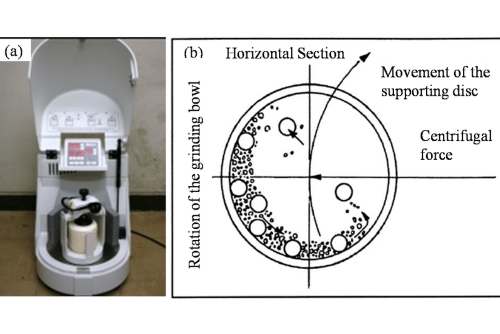Resistance Welding: How It Works and Why It Is Important
Introduction
Resistance welding is a joining method that utilises heat and pressure to fuse metals. It is a preferred method in many industrial settings. This technique proves effective with thin sheets of metal. The process is efficient and reliable. Numerous everyday products use resistance welding to assemble components. The method is prevalent in automotive, electrical, and appliance manufacturing.
Principles of Resistance Welding
Resistance welding operates on several fundamental principles. Three primary factors control the quality of the weld: heat generation, pressure application, and time. Each factor contributes to the formation of a durable bond between metal pieces.
• Heat Generation: Role of Electrical Resistance in Heating Materials
The welding process employs the principle that metals present resistance to electric current. When current flows through the joint, this resistance generates heat. This heat softens the metal at the contact point. The temperature must reach sufficient levels for the metals to bond effectively. However, excessive heat may weaken or burn the metals. In many practical instances, the current and resistance are regulated to achieve the correct temperature. The materials used, such as steel or aluminium, possess varying resistance values. In some occurrences, the welding machine adjusts the current automatically based on the type of metal.
• Pressure Application: How Pressure Is Utilised to Form a Strong Bond
Once the metal begins to heat, pressure becomes significant. The welding machine applies force to the metal surfaces. Pressure brings the softened metals into close contact. This contact permits atoms on each surface to mix and bond. In the automotive sector, pressure is meticulously controlled to secure metal pieces firmly together. This precision is essential when joining body panels or chassis components. Pressure ensures that the bond remains uniform and durable.
• Time: Duration of Current Application and Its Effect on Weld Quality
Time is a vital factor in resistance welding. The current must be applied for a specified duration. Insufficient time may lead to a weak weld. Excessive time can damage the metal. Most machines are programmed with precise timing protocols. The appropriate duration depends on the type and thickness of the metal. In many instances, these settings have been predefined by engineers to accommodate common production runs.
Types of Resistance Welding
Several types of resistance welding exist. Each type is tailored for distinct products and production methods.
One common type is spot welding. In spot welding, two metal pieces are held together at a small spot while electric current flows through. This method is frequently used in automotive assembly lines. Spot welding quickly produces strong, small bonds.
Another type is seam welding. Instead of a single point, the weld forms a continuous seam between two metal pieces. This is often observed in the production of food containers and liquid tanks.
Flash welding joins long pieces of metal. In flash welding, an arc is generated to heat the edges of the metal. The metal is then pressed together until a uniform joint is formed. This type is commonly found in the rail industry for connecting rails.
Projection welding is a variation of spot welding. Here, small projections on one of the joining surfaces localise the heat and decrease the welding time. This method is prevalent in the electronics and battery manufacturing sectors.
Each type of resistance welding has its application. The choice depends on the design of the product and the production requirements.
Importance of Resistance Welding
Resistance welding plays a crucial role in manufacturing. It provides speed, consistency, and efficiency. Numerous industries rely on this technique as parts can be joined rapidly without the need for additional materials such as solder. The weld produced by this process is strong and repeatable. Compared to other joining methods, resistance welding often consumes less energy. This efficiency is a significant advantage in large-scale production.
The automotive industry heavily depends on resistance welding. Car body panels and frames are frequently joined using this method. It guarantees that parts are securely bonded whilst allowing a degree of flexibility during assembly. The method is also effective in electronics. Many modern devices utilise small spot welding techniques to connect connectors and wiring.
Resistance welding is not only robust but also cost-efficient. The equipment employed for this type of welding is reliable. With appropriate maintenance, it produces consistent outcomes. Factories can create a large volume of welds without compromising quality. This steady performance fosters trust among engineers and manufacturers alike.
Applications of Resistance Welding
Resistance welding is utilised in various sectors. A common application is in vehicle manufacturing. In the construction of car bodies, spot welding is used to join panels. This method is efficient and remains durable under extensive use. Engineers have evaluated these joints in extreme conditions. The bonds retain their strength even after years of wear.
Another field is household appliance production. Items such as washing machines, refrigerators, and ovens employ resistance welding. These units consist of numerous metal components that require precise joining. Resistance welding presents a swift solution without compromising safety or performance.
In the realm of consumer electronics, resistance welding assembles batteries and connectors. The small welds need to be both reliable and durable. Manufacturers depend on resistance welding to ensure these components remain intact over time. Other common applications include the fabrication of metal furniture and the production of metal containers used in food storage.
Examples exist in signage and structural supports. Resistance welding helps to create bonds that are uniform across the entire joint. This uniformity is essential in products subjected to physical stresses consistently. The reliable performance in these situations makes resistance welding a trusted method across numerous industries.
Advantages of Resistance Welding
Resistance welding provides several key benefits that distinguish it from other welding methods.
The process is rapid. Welding cycles can be notably short, resulting in high production speeds. In a typical assembly line, numerous welds are produced every minute. This speed contributes to lower manufacturing expenses.
The welds are tidy. There is no requirement for additional materials or fillers. The heat, when applied correctly, creates a joint that is nearly invisible. This results in a neat final appearance.
The method is energy efficient. Resistance welding applies energy from electrical current directly where required. This efficiency contributes to a reduction in overall energy consumption in factories.
The process can be automated. Machines can control current, pressure, and duration with great precision. This automation leads to uniform weld quality. Manufacturers can produce consistent parts each time.
The equipment is durable and dependable. With proper care, a resistance welding machine can function for many years. Safety features integrated into modern equipment protect operators. These advantages establish resistance welding as a staple across numerous industries.
Conclusion
Resistance welding is an effective method for joining metals. The three primary factors are heat generation, pressure application, and timing. Various types such as spot welding and seam welding are employed for a wide range of products. The technique is significant across industries including automobiles and electronics. It is widely adopted for its quick production, energy efficiency, and dependable performance. The advantages are evident. Resistance welding has secured its position in modern manufacturing. The method remains a trusted process that continues to benefit many industries.
Frequently Asked Questions
F: What is the main purpose of resistance welding?
Q: To join metal pieces using electrical heat and pressure.
F: Can resistance welding be utilised on different metals?
Q: Yes, it is used on metals such as steel, aluminium, and copper.
F: Why is timing important in resistance welding?
Q: Timing regulates the heat and ensures that the joint is strong and consistent.
Reference:
[1] Jahandideh, Alireza & Hamedi, Mohsen & Mansourzadeh, S & Eisazadeh, Hamid & Rahi, Abbas. (2010). Investigating the Effects of Post Heating Parameter on the Quality of Automotive Body Joints in Resistance Spot Welding.

 Bars
Bars
 Beads & Spheres
Beads & Spheres
 Bolts & Nuts
Bolts & Nuts
 Crucibles
Crucibles
 Discs
Discs
 Fibers & Fabrics
Fibers & Fabrics
 Films
Films
 Flake
Flake
 Foams
Foams
 Foil
Foil
 Granules
Granules
 Honeycombs
Honeycombs
 Ink
Ink
 Laminate
Laminate
 Lumps
Lumps
 Meshes
Meshes
 Metallised Film
Metallised Film
 Plate
Plate
 Powders
Powders
 Rod
Rod
 Sheets
Sheets
 Single Crystals
Single Crystals
 Sputtering Target
Sputtering Target
 Tubes
Tubes
 Washer
Washer
 Wires
Wires
 Converters & Calculators
Converters & Calculators
 Write for Us
Write for Us

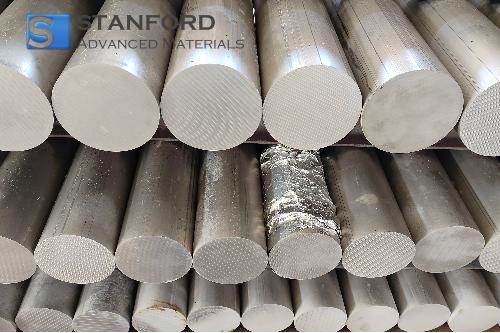
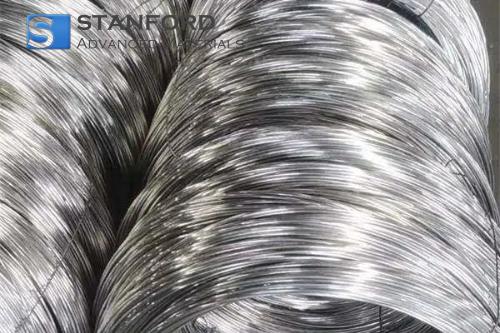
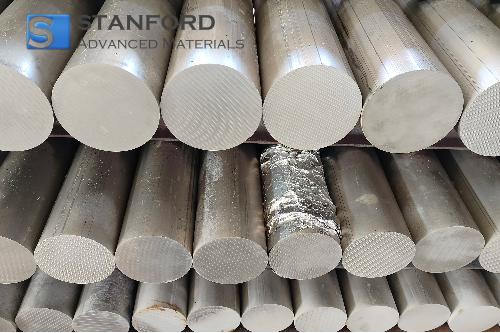
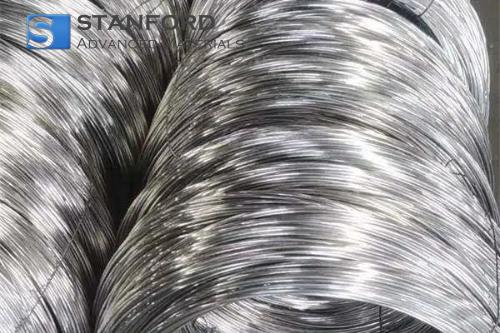
 Dr. Samuel R. Matthews
Dr. Samuel R. Matthews



